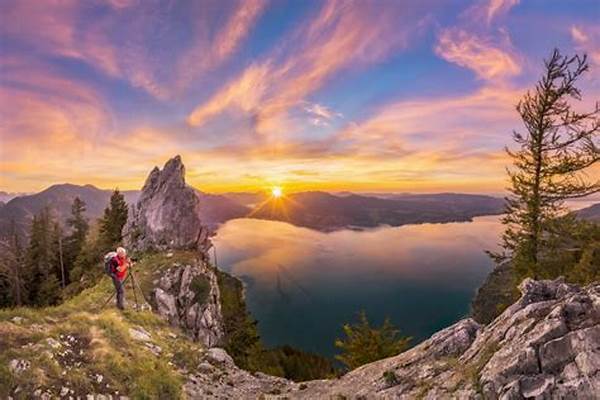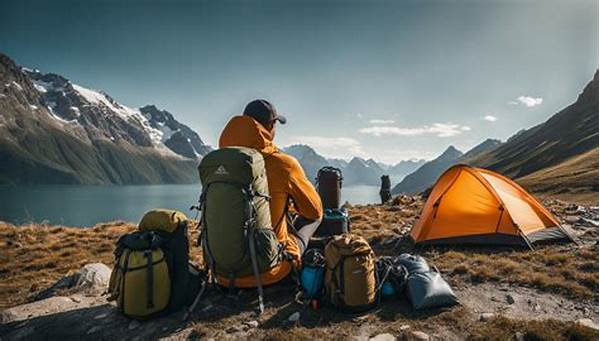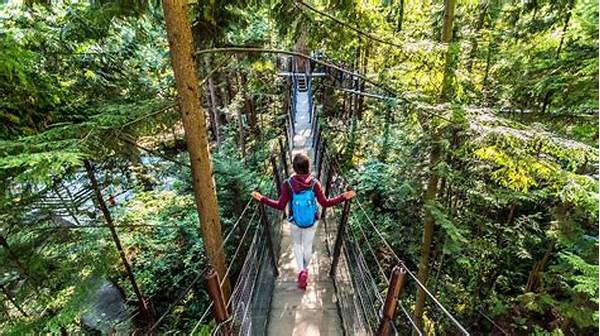The exuberant green of the forests, the tranquil blues of the oceans, the majestic hues of the sunset – these are sights that we almost always take with favourite handheld friend – the camera. But how many times have you tried to capture the beauty of a natural landscape, only to find that the image doesn’t reflect the scene as you saw it? Fear not, my friend; you are far from the first to experience this common photographers’ dilemma. In this exclusive article, we will share tips, tricks, and techniques for capturing natural landscapes. The time has come for you to seize your camera, head out into the wild, and begin crafting your photography skills.
Read More : Riverside Parks With Spacious Grasslands Perfect For Picnics
First, you need to wake up early; whether you’re a morning person or not, this is non-negotiable. The “Golden Hour,” which occurs within the hour after sunrise and an hour before sunset, provides the most beautiful light for landscape photography. The long shadows and warm, soft, lateral light will elevate your landscape photos.
Secondly, understanding the rules of composition is crucial. The “Rule of thirds” should always be incorporated when shooting landscapes. Imagine your screen divided into nine equal parts by two equally spaced horizontal lines and two equally spaced vertical lines. According to this rule, you should place elements of your scene along these lines or at their intersection.
Thirdly, utilize a tripod. A tripod can assist you in capturing sharper images, especially in scenarios where you need to use slow shutter speeds. They also help in maintaining the composition of your frame even if you change camera settings or lenses.
Lastly, patience is the key. Nature doesn’t always cooperate with your photography plans. You might have to wait for hours, or even days, to get the perfect shot. But when you finally do, the wait is worth it.
Mastering the Art of Landscape Photography
The joy of capturing a picturesque landscape is immeasurable. It’s about experiencing and appreciating the beauty of nature, its mystic, and wonder that evoke an array of emotions inside of you and channeling it all through your photography. The journey of learning is never-ending. Expertise in your craft doesn’t occur overnight. It is the fruit of your passion, hard works, dedication, and constantly trying to improve your skills. So, change your perspective, experiment with techniques, invest in good gear, and keep practicing.
Goals for Capturing Natural Landscapes
After all, beautiful photography is no accident. It’s the culmination of careful planning, a keen eye, and a familiarity with the necessary photography skills. Remember, you are not just taking pictures; you are creating stories which will be treasured for generations to come.
Read More : Bali’s Natural Tourist Destinations Hidden Gems Admired Globally
Key insights
The great outdoors offers splendid scenes and moments that deserve to be remembered. Thankfully, the art of photography allows us to capture these scenes and create memories to revisit later. Perfecting this art, however, requires an understanding and implementation of certain strategies.
Some valuable tips to enhance your skills are:
Ultimately, landscape photography isn’t about the destination; it’s about the journey. It’s about capturing the beauty and tranquility of nature that transports the viewer to a peaceful place. And with these tips, you’ll have the tools necessary to capture the world’s scenery in a whole new light. Enjoy chasing sunsets and chasing the fleeting light! Let’s capture the world together!
In conclusion, photographs are an extension of our memories, a canvas where we can immortalize our experiences and understand ourselves and the world better. It is the art and science of encapsulating a moment within a frame, capturing the essence of life in all its diversity, and translating it into a universal language that everyone can relate to. Above all, photography is a journey of learning, exploration, and creativity. So grab your camera, head out and explore the beauty of the world, one frame at a time.



